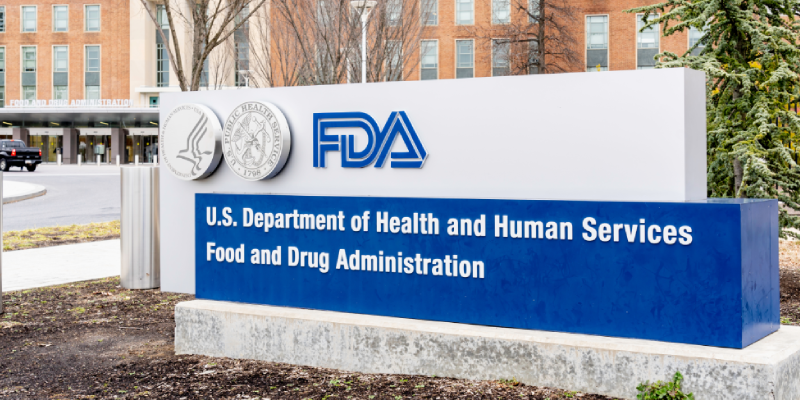
A recent study, published in Cancer Screening and Prevention, reviews global disparities in gastric cancer screening and found that limited research about the feasibility of screening, as well as the lack of national screening programs in many countries around the world, exacerbates the existence of these disparities, contributing to the rising global burden of the disease.
The State of Gastric Cancer Worldwide
According to the study, the highest incidence of gastric cancer occurs in Asia, followed by Latin America and Europe, and predictions show that the global burden of gastric cancer is expected to rise significantly by 2040. Higher incidence is linked to environmental risk factors such as Helicobacter pylori infection, smoking, high salt intake, and alcohol consumption.
Improving Current Screening and Prevention Techniques
The researchers explain that specific criteria, such as the Wilson and Junger criteria for screening, underscore requirements for developing effective screening programs, such as the following: the condition being screened for must be an important health issue, it must have a “recognizable early symptomatic stage,” health care professionals must understand “the condition’s natural course,” and suitable tests and treatment for the condition must be available.
Furthermore, the study outlined three potential screening strategies with the ability to target gastric cancer.
- Primary Prevention: This strategy, also known as screen and treat, focuses on screening patients for H pylori when it presents and before the development of lesions.
- Secondary Prevention: This strategy targets patients in high-risk age groups who have already developed and been treated for gastric cancer lesions through endoscopic measures.
- Opportunistic Screening: This strategy, referred to as a work smart approach, proposes the use of biological markers as a potential screening mechanism to help identify patients who would benefit from gastric cancer screening.
However, the study also underscores barriers to implementing these treatment strategies. For example, although primary prevention may be supported by evidence in its ability to reduce the risk of gastric cancer, further research is needed to determine the optimal age at which to initiate screening. In terms of secondary prevention, areas around the world that lack access to endoscopy equipment, staff, and training would face significant challenges with this screening approach.
Screening Recommendations Around the World
Although there are a number of screening and prevention techniques for gastric cancer, the researchers explain that recommendations for screening can differ by country, posing a challenge to the adoption of an evidence-based approach to screening.
According to the eighth report by the International Agency for Research on Cancer Working Group, all nations should incorporate gastric cancer into national cancer control programs. The report also emphasizes the importance of evaluating for H pylori in creating effective prevention strategies.
Additional reports and suggested guidelines further emphasize the importance of eradicating H pylori to decrease gastric cancer risk. The investigators point to several examples, such as the proposed incorporation of gastric cancer screening in countries that have an intermediate to high incidence rate of the disease, implementing population-based screening, and establishing treatment programs for H pylori infection. Collectively, these recommendations highlight the global burden of gastric cancer and the importance of “evidence-based strategies for its screening and prevention.”
Upcoming Gastric Cancer Screening Developments
Research is currently being funded around the world to develop unified screening guidelines for gastric cancer, as well as to assess the feasibility and cost-effectiveness of additional screening strategies.
According to the study, some of the most prominent upcoming screening strategies target H pylori. Ongoing trials, such as the UK-based Helicobacter Pylori Screening Study, are evaluating the impact of screening for and treating H pylori on gastric cancer risk factors. “These studies hold promise in offering valuable insights into the effectiveness of H. pylori screening and treatment strategies in an adult population in the context of low-intermediate and intermediate-high-risk European populations,” the researchers said.
As future programs based on this research are developed, the investigators also highlight the importance of considering key performance indicators for unified gastric cancer screening guidelines and recommendations to help define, measure, and audit these screening approaches for compliance and effectiveness.
Source: Cancer Screening and Prevention







 © 2025 Mashup Media, LLC, a Formedics Property. All Rights Reserved.
© 2025 Mashup Media, LLC, a Formedics Property. All Rights Reserved.